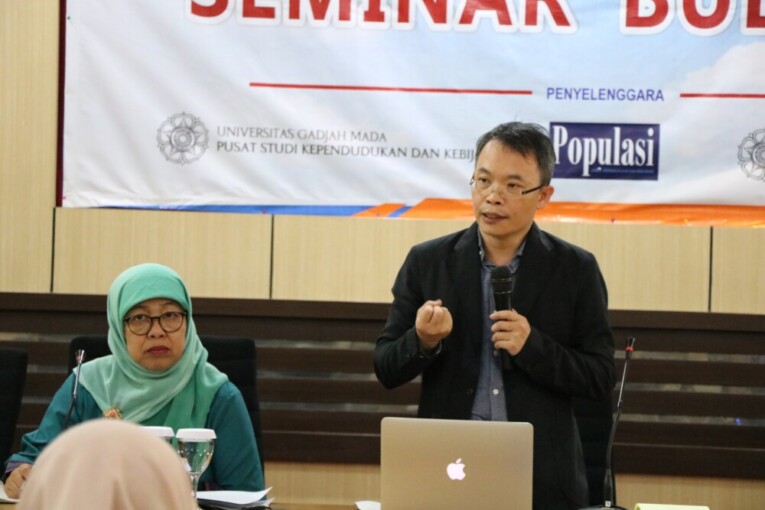
Between 2000 – 2015 the number of international migrants has increased due to many reasons, such as country condition which has turned into an industry country, trans-national mobility, and social injustice.
Taiwan is a country that experienced a quick transition since 1970. In 1989 the government of Taiwan issued policy of human resource migration, which is the turning point of Taiwanese labour market. They finally joined the Southeast Asian manpower system.
In Taiwan foreign manpower came from Malaysia, Thailand, Philippines, Vietnam, and Indonesia with Indonesia having the most migrant workers. Most of them are female domestic workers or work in factories.
Problems that face the migrant workers are non-permanent work permit, lack of freedom, racism, and exploitation,” said Prof. Jianbang Deng when being speaker in a seminar, Migration Between Southeast Asia and Taiwan: Patterns and Trends, at PSKK UGM on Thursday (8/8).
Jianbeng Deng said a number of migrant workers from Indonesia in Taiwan stayed for a long time due to good wages, but they plan to return home after 12 years.
In Taiwan a new trend emerged when many young Taiwanese who had studied in China chose to work in China due to different salaries. These young people built a strong interaction with Chinese people and found partners from China and chose to stay there.
“China, especially Shanghai, is the basis of world companies, which attracts job seekers from outside China to work there,” he said.
Jianbeng Deng said Taiwanese expats in China can be categorised into opportunistic young people, job seekers, local professionals, international professionals, and dual career couples. Despite the increasing number of Taiwanese, they did not form a homogeneous group in China, which sparks concerns about the future of the young people of Taiwan and the tendency to work abroad.
“This becomes a homework for all because the number of Taiwanese working abroad since 2009 to 2016 keeps increasing. Most of them, 52%, are between 30-49 years old, 34% are over 49 years old, and the lowest figure, 13%, are under 30 years old. The main destination is China, Southeast Asia, and the US,” he said.

